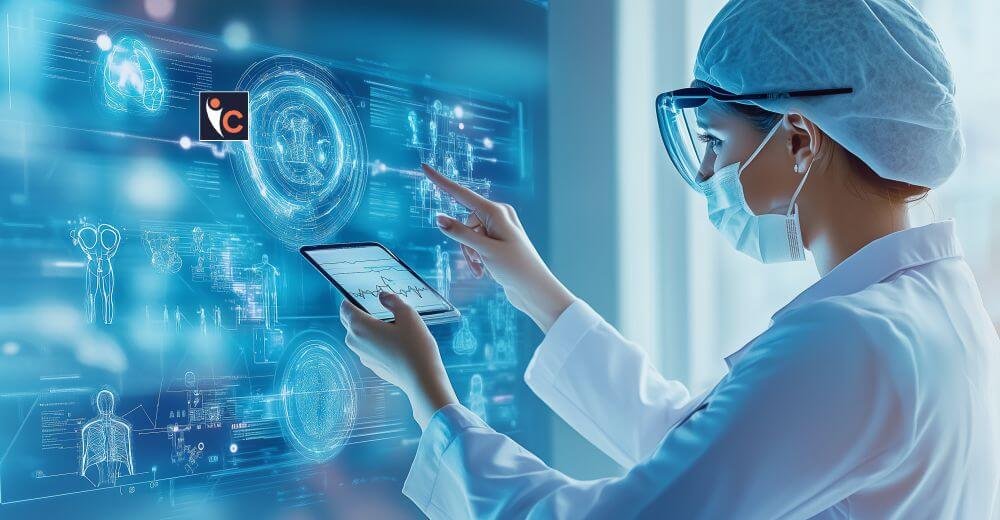Telemedicine, or remote diagnosis and treatment of patients using telecommunications technology, has revolutionized healthcare in the past decade. Its most revolutionary impact, perhaps, has been on the delivery of pharmaceutical care. Pharmacy services were once mostly limited to visits to health centers or neighborhood pharmacies. Telemedicine has improved access, productivity, and outcomes through channels of care that are virtual. Incorporating telehealth into pharmaceutical services is revolutionizing prescribing, dispensing, and medication monitoring.
More Convenience and Accessibility
The most valuable benefit telemedicine offers pharmacy care is increased accessibility. Inner-city, rural, and remote underserved patients have fewer health resources, such as pharmacies, to access. Telemedicine bridges the gap by allowing patients to share information with pharmacists and obtain medication advice without leaving home. This has affected geriatric patients, mobility-impaired patients, and unstable transportation patients most directly.
Second, telepharmacy care is easier to remotely monitor, review medication, and patient education by qualified pharmacists. Telepharmacy services provide the patient with confidence that they are educated in the use of medication, side effects, and correct use of medication, which is crucial in medication adherence. Remote consultation facilitation prevents appointment no-show and tardy care, which ultimately translates to improved health outcomes.
Improved Medication Management and Adherence
Medication compliance is a crucial part of quality pharmacy practice, but medication non-compliance is a problem globally. Telemedicine facilitates interventions such as virtual follow-up, mobile reminder, and real-time consultancy that aid patients in compliance with medicines as directed. Pharmacists are now able to trace patterns of compliance electronically and actively intervene in the event of issues.
For example, via end-to-end encrypted video calls or messages, patients of chronic conditions such as asthma, diabetes, or hypertension can be monitored by pharmacists on drug regimen adherence. Consultation also enables early detection of side effects or complications, and accordingly, treatment may also be modified. Telemedicine thus enables an active and lasting patient-clinician relationship to be achieved.
Integration with Electronic Health Records (EHRs)
EHR integration in telemedicine platforms revolutionized the delivery of drug care. Pharmacists are able to see the patient’s entire medical history, laboratory tests, and previous prescriptions in real time. Integrated viewing increases the accuracy of drug dispensation and avoids drug interaction.
Apart from this, computer systems can also notify future problems such as duplicate therapy or contraindications of the patient’s clinical history. This kind of authentication reduces errors of medication and improves patient security. More personalized and enlightened care might be provided by pharmacists via online consultation if they are given access to EHRs.
Cost Savings and Operational Efficiency
Telemedicine is also cost-effective for patient and health system cost. The patients are relieved from the travel cost and time, and the health care facilities are relieved from overhead and higher resource utilization. Telepharmacy services, particularly, can be tailored to lower on-site personnel and infrastructure costs, and hence it is economical means of extending quality drug care at lower costs.
Additionally, appointments can be conducted faster online than in an office and more patients can be seen per day. This is even more convenient during times of staff shortages or during times of medical crises like the COVID-19 pandemic when distancing is mandatory.
Limitations and Challenges
All its strengths notwithstanding, telepharmaceutical care does have a couple of weaknesses. One of them is the digital divide—that is, some people simply do not have proper technology or access to properly participate in telehealth services. There are also issues of regulation and licensure involving pharmacists needing to navigate many state or national regulatory bodies when providing care that crosses borders.
Privacy and data protection also come under scrutiny, keeping in view the fact that health information transmitted on electronic media is individual. Having a proper mechanism of cybersecurity controls and a patient consent mechanism is most crucial in ensuring compliance and trust.
Future Outlook
With the development of technology, use of telemedicine in pharmacy practice will become more advanced even further. Telemedicine will be complemented by wearable health sensors, artificial intelligence, and mobile applications to support remote patient monitoring and medication management even further. Telehealth will also help address public health problems, e.g., mass immunization and medication campaigns.
Overall, telemedicine is revolutionizing pharmaceutical care delivery in a better, more convenient, easier, and patient-centered way. Its potential to provide improved health outcomes by leveraging the power of digital technology is huge in spite of challenges to be overcome. With continued investment and sensible regulation, telemedicine will become the cornerstone of modern pharmaceutical practice.





